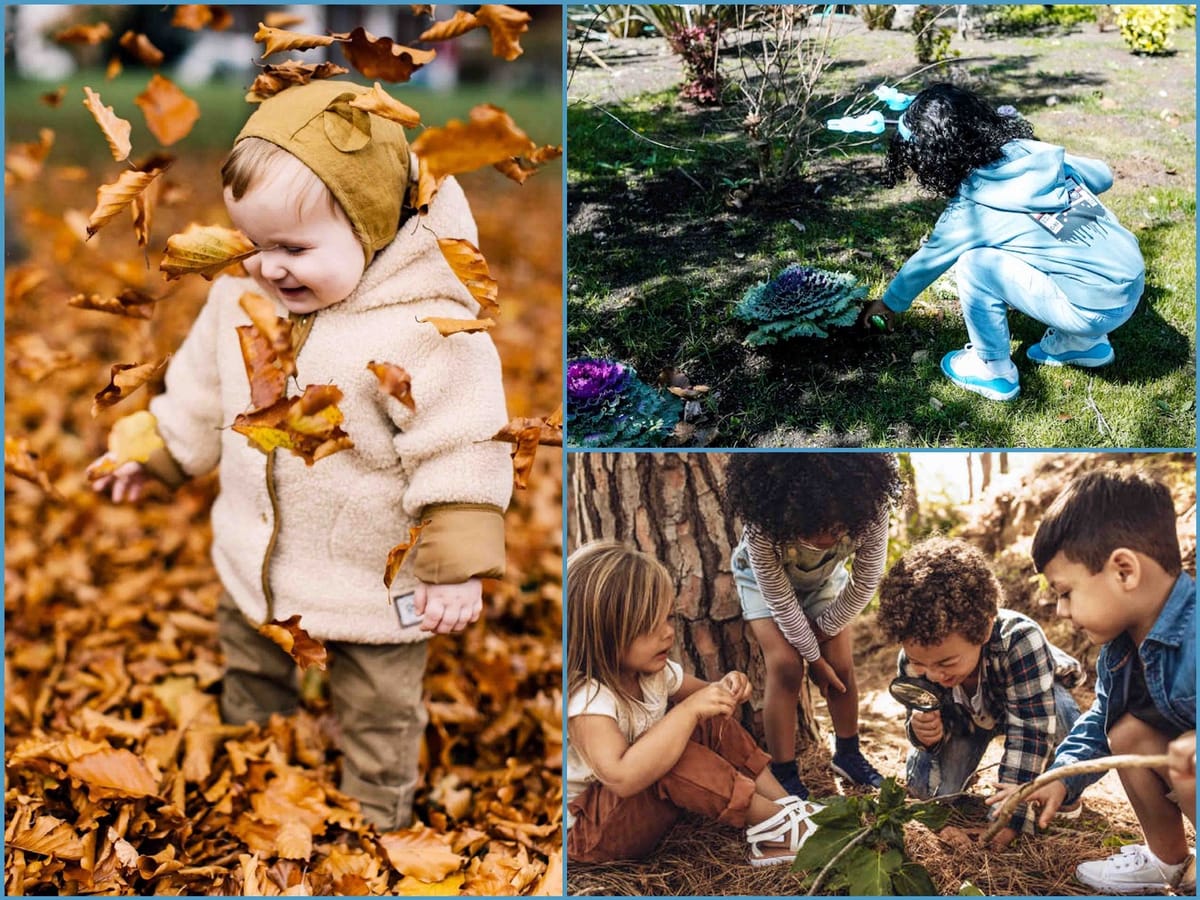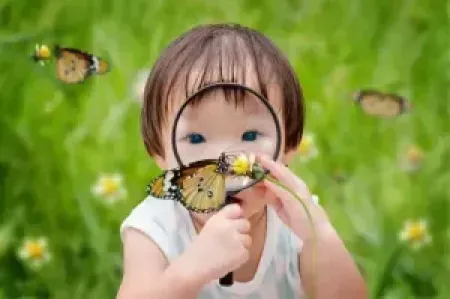Nature + STEM = Magic: Sensory Play That Sparks Curiosity

Ever seen your child collect stones, build a leaf house, or pour water from one container into another? Guess what—they are already doing science.
We often think of STEM (Science, Technology, Engineering, and Math) as classes reserved for older kids in lab coats or robotics clubs. But toddlers and preschoolers are natural scientists, especially when they’re outside.
This week, let us focus on how nature-inspired sensory play can become your child’s favorite STEM classroom.
What Counts as Nature-Inspired Sensory Play?
Anything that engages your child’s senses and uses natural materials or outdoor spaces!
Think:
- Stomping through puddles
- Sorting sticks, leaves, and pebbles
- Feeling rough bark vs. smooth flower petals
- Watching bugs and birds with big, curious eyes
- Observing as the ground worm wriggles into the ground
- Enthusiastic about the mother bird feeding her young
- Gardening with your child
Add a dash of awareness and intention, and create STEM magic.
STEM in Disguise: 5 Nature Sensory Activities That Build Brains
1. “Kitchen Math”
Let your child play “cook” using sand, water, leaves, and rocks. Provide spoons, cups, and old muffin tins. During your child's imaginary play, talk about:
- Measuring (“How many scoops fill the cup?”)
- Volume (“What happens if we pour it all in?”)
- Cause and effect (“What changes when we stir?”)
2. “Nature Engineers”
Challenge your child to build a bridge for toy animals using only sticks, stones, and string. Encourage trial and error.
“What’s making it fall? How can we make it stronger?”
“Engineering is about trying, failing, and trying again,” says early childhood educator Grace Lin.
3. “Texture Trail”
Lay out different natural textures on a safe path (leaves, pebbles, grass). Let your child walk or crawl barefoot across.
Ask:
“Which one feels softest? Which makes a sound?”
4. “Bug Observation Lab”
Give your child a magnifying glass and guide them to observe ants, beetles, butterflies, or caterpillars. Draw or describe what they see.

Prompt STEM questions:
“Why do bugs have so many legs?”
“Where do they like to hide?”
5. “Leaf Classification”
Collect leaves of all shapes and sizes. Sort them by color, size, or edge pattern. Make a “leaf museum” at home, and observe them using a magnifying glass.
It’s Not About the Outcome…
It’s about letting your child explore, get messy, and get early experience in problem-solving. The next time they ask to go outside, say yes—and bring a few measuring cups and other tools along.
The best STEM lab is a natural outdoor environment.
What’s Your Favorite Outdoor STEM Moment?
Have you seen your toddler discover nature? Share your experience. Do you want more ideas like this? Subscribe to our weekly blog.